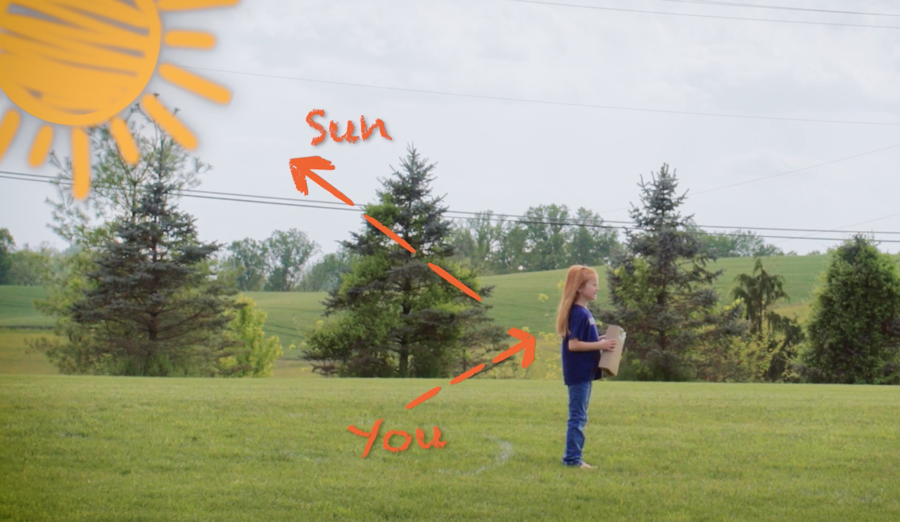Eclipses are rare phenomena that occur when one celestial object, like a planet or a moon, moves in front of a brighter object, like a sunlit moon or a sun, often causing a temporary dimming of light. A solar eclipse happens when the moon passes between Earth and the sun, temporarily blocking part or all of the sun’s light. It’s awesome to behold if you have the right equipment. NASA explains:
“Except during the brief total phase of a total solar eclipse, when the Moon completely blocks the Sun’s bright face, it is not safe to look directly at the Sun without specialized eye protection for solar viewing.
“Viewing any part of the bright Sun through a camera lens, binoculars, or a telescope without a special-purpose solar filter secured over the front of the optics will instantly cause severe eye injury.”

So how can you observe a solar eclipse? If you don’t have eclipse glasses—specially built glasses that block out the majority of the Sun’s intense visible and ultraviolet light—make your own box pinhole projector. The NASA Goddard video above demonstrates each step.

You’ll need: A cardboard box, tape, aluminum foil, and a white sheet of paper, along with scissors, a pushpin, and a pencil. How does it work?
“With the Sun behind you, sunlight will stream through a pinhole punched into aluminum foil taped over a hole in one side of the box. During the partial phases of a solar eclipse, this will project a crescent Sun onto a white sheet of paper taped to the inside of the box. Look into the box through another hole cut into the box to see the projected image.”

North America will experience two solar eclipses within the next year: an Annular Solar Eclipse on October 14, 2023 and a Total Solar Eclipse on April 8, 2024.
If you’re in the path of totality, or if you can see a partial solar eclipse—when objects don’t perfectly align—this box pinhole projector is an excellent project to prepare with.

Watch these solar eclipse videos next:
• Strange and beautiful shadows created by the annular solar eclipse
• The 2017 Solar Eclipse from the shores of Palisades Reservoir, Idaho
• What are the different types of eclipses?
• The science of solar eclipses: How do solar & lunar eclipses work?
Curated, kid-friendly, independently-published. Support this mission by becoming a sustaining member today.

